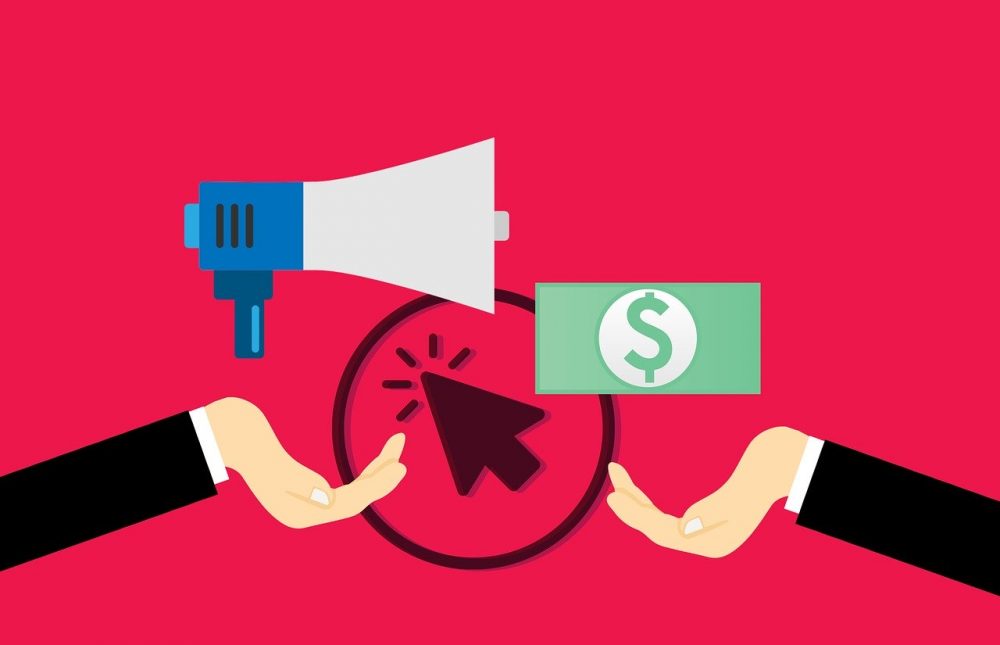PPC (Pay-per-click) is an online advertising medium where advertisers pay for the clicks on their ads. Usually, search-engine companies like Google and Bing act as the ‘middle-man’ and post ads online, and the advertiser only pays for the links that are clicked by the user. Pay-per-click has gained a rabid following due to the numbers associated with it. There’s no digital marketing scenario that exists without a PPC campaign holding the ground for companies. And to stay at the top of the order, you must update yourself regularly with the trends that go around it. Here are a few PPC trends that you must know before you start a campaign in 2020.
#1 PPC Automation
PPC Automation is the use of technology such as artificial intelligence (AI) and machine learning (ML) to optimize the PPC campaign by reducing labor-intensive tasks used in managing these campaigns. Automation is extensively being used in ad testing and bid management, though you can use it in several processes in a creative way. But what is it exactly?
Well, ad testing is a process of identifying the performance of ads in the PPC campaigns. When there is a huge number of ads to manage, one can use automation effectively to weed out low performing ads and identify the best ads using statistics. By doing this, one will reduce a lot of manual work and make campaigning much more efficient too. Machine learning is also another way to start or improve new ads; however, they might require some human input.
Another important process where people use automation today is bidding management. Bids can be strategically placed to get as many as conversion possible and to find the best ad auctions that generate more CPC (Cost per Click). Automated bidding iterations can be used to find the best bidding strategies for different goals.
Ad scheduling can be a daunting process while managing a massive pile of ad campaigns. The use of automated scheduling will ease the pain and can be used in conjunction with machine learning to schedule the ads based on user data strategically.
#2 Video ads
Videos are more exciting and ‘eye-catching’ than texts to the users. The year 2019 saw a massive increase in the number of video marketing campaigns, and this number will only increase in the year 2020.
Given the popularity of video streaming platforms, advertisers are increasingly integrating PPC links into the video ads. Short ads called ‘Bumper Ads’ are used by Google to shorten a video to 6 seconds and place it in the videos on YouTube. This full-funnel video strategy allows marketers to manage 6-second bumper ads, skippable in-stream ads, and non-skippable in-stream ads.
Instagram Stories are also becoming increasingly popular to post short video ads and link the ad links or PPC ads.
#3 Look beyond Google and Facebook
Facebook and Google are the dominating digital advertisers accounting for 19.2% and 36.2%, respectively, of the market share in 2019. Amazon is one of the underdog digital advertiser climbing up the ladder fast, chipping away the market share from giants like Facebook and Google.
As more and more people are engaging on Amazon for their shopping needs, and professional people are logging onto LinkedIn, these platforms are witnessing an increase in PPC advertisers. As a result, their conversion rate is better compared to duo-giants Google and Facebook.
Apart from these platforms, there are others such as Quora, AdRoll, and Bing whose conversion rates are also reasonable.
#4 Voice search and PPC
It is projected that by 2020, 50% of the users’ search will be voice-based, and by 2020, 50% of the consumers will use voice shopping. The market for voice search is only getting popular day-by-day. With the increase in demand, businesses will have to optimize their PPC ad campaigns to get themselves featured in these voice-based results.
Here are some tips to help you tap into the potential of voice search trend:
- Focus on long-tailed keywords rather than short keywords.
- Evaluate and search for the keywords used after phrases such as ‘Ok Google,’ ‘Hey Siri,’ etc.
- Know the use of ‘who,’ ‘where,’ ‘when’ in the voice results as it is very beneficial in guessing the buying stage of your customer. The keywords ‘when’ and ‘where’ show customers in the conversion stage. And hence, it is optimum for any PPC campaign to leverage it.
#5 Focus on Virtual Reality ads
As more and more people are engaging in the Virtual Reality (VR) world, it has opened up a new avenue for advertisers.
VR uses eye-tracking technology to open or view an ad when looked at for some time. The 360-degree feature of VR enables the advertisers to market their products and services much more effectively by interacting with the user directly. Also, a user can try the product or service in VR before actually buying it, making the ads interactive and exciting. Coming from a user perspective myself, this is the best a marketer can offer me. And I’m sure you agree.
#6 Smart Bidding
Smart bidding is technically an offspring of automated bidding, but it gives much more control over any PPC bidding by taking out the chance for guesswork.
The AI automatically optimizes the conversion based on the goals set by the advertiser, and the Smart Bidding automatically figures out the best way to get the bidding done within the assigned budget.
Some of the ways Smart Bidding can help optimize the PPC are given below:
- Increase the conversion rate by continually improving the bidding strategy.
- Generate new costumers and leads based on cost per acquisition.
- Generate the best ROIs. (Revenue of Income)
Google has also included new features in the Smart Bidding, where advertisers can set conversion goals at the campaign level instead of account level, seasonal adjustments, and an option to spend the entire daily budget to maximize the conversion.
#7 YouTube TV Masthead
The Masthead is the newest feature with the potential to generate a lot of leads for the advertisers. The Masthead is just a ‘digital billboard,’ which will be shown on the top of the YouTube TV home screen for 24 hours, and the user can interact with the ads displayed on the billboard.
Although this feature is in the beta testing phase, it is expected to roll out in early 2020. A few things to note about the YouTube TV Masthead is that it will only be available as a CPM (Cost per thousand), and you can’t add CTA (Call to Action) under this feature.
A lot is going to change in the adverts industry. Automation will change the way businesses run and create advertisements, and we will see a massive increase in video advertisements along with the rise in VR. We will also see the growth of other ad platforms such as Quora, Amazon, and Bing. As an advertiser, keeping up with these trends and tapping the full potential of it is very important. After all, trends will get you the most out of your investment in PPC campaigns and increase your overall ROI (Revenue of Income). And that’s all that matters, isn’t it?
Author Bio
Nahush Gowda is a content writer at Wolftain digital marketing company who thrives on learning new things daily. He explores merriment in writing everything and anything that adds value. However, as an expert, he is more inclined towards technology, automotive, and mythology. He is also a ‘Marvel’ fanatic and spends his free time reading comics and watching movies. You can find him on LinkedIn here.


